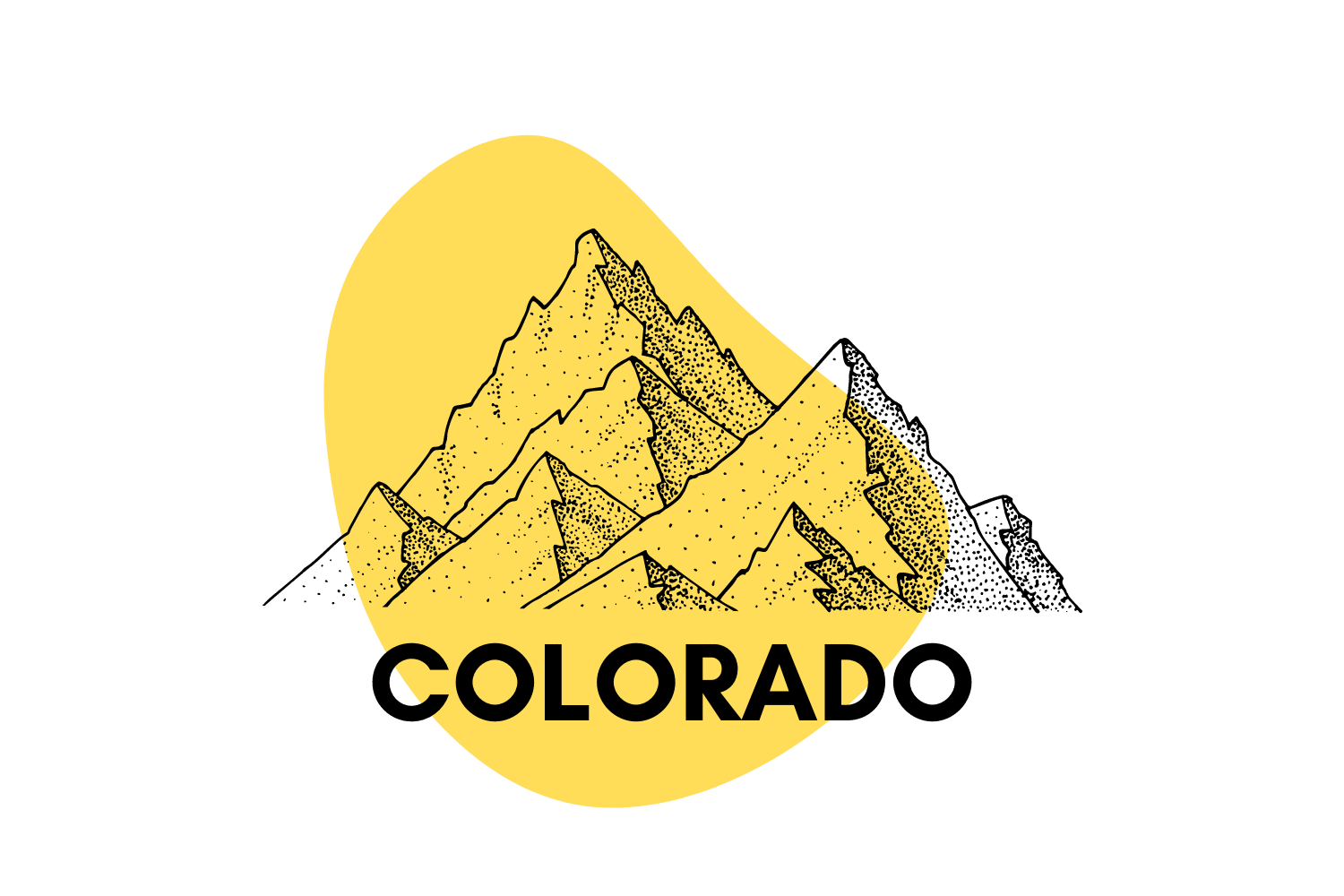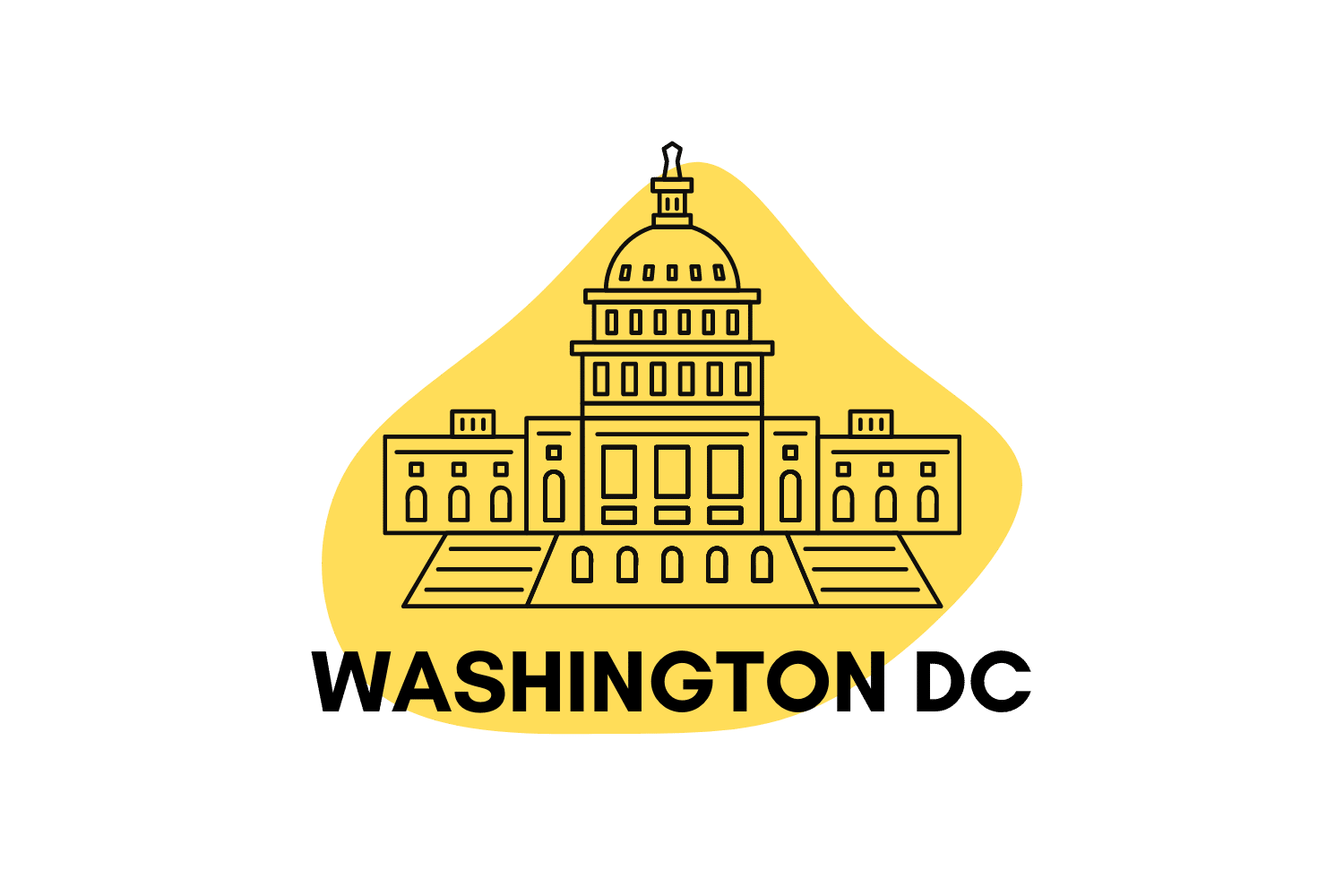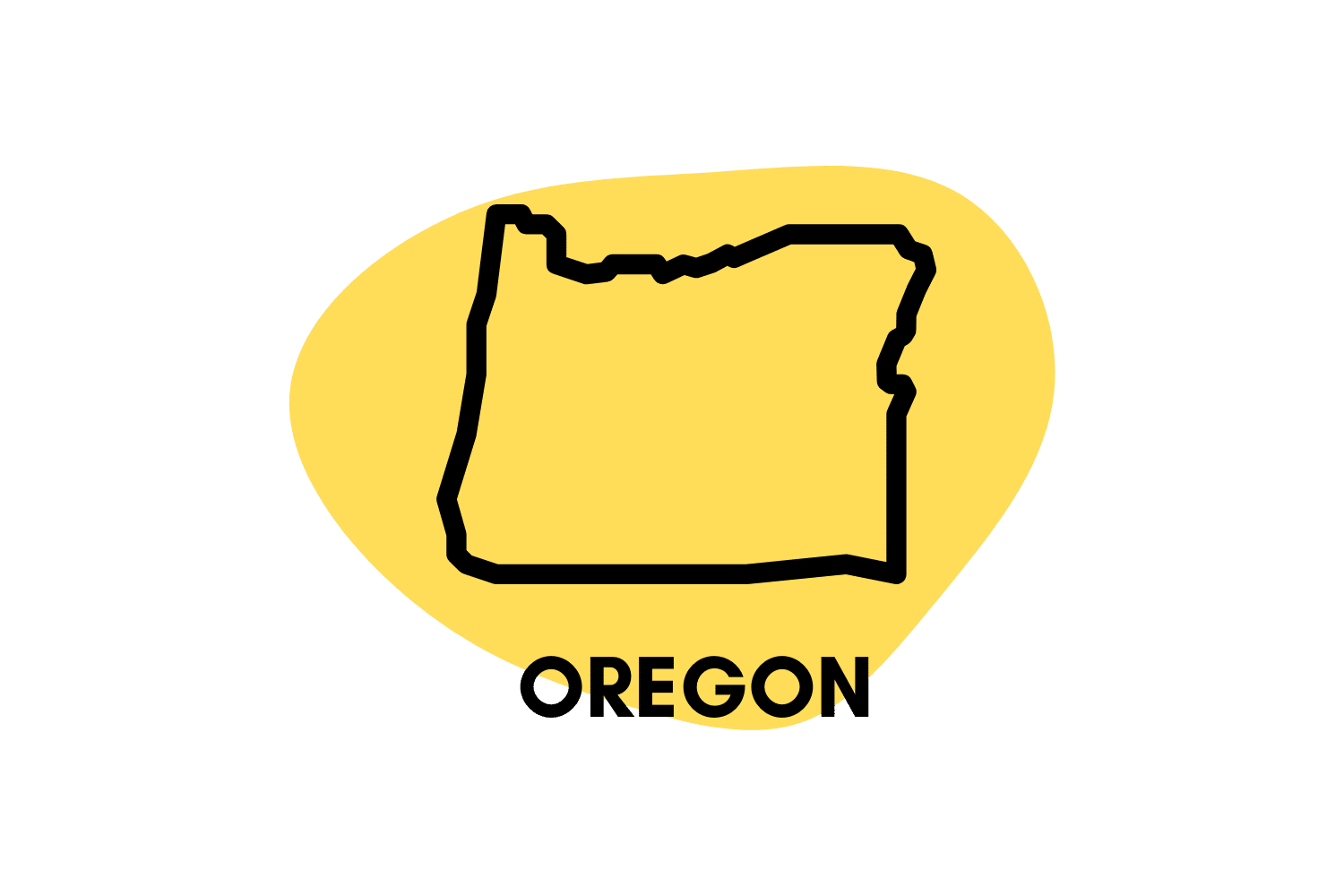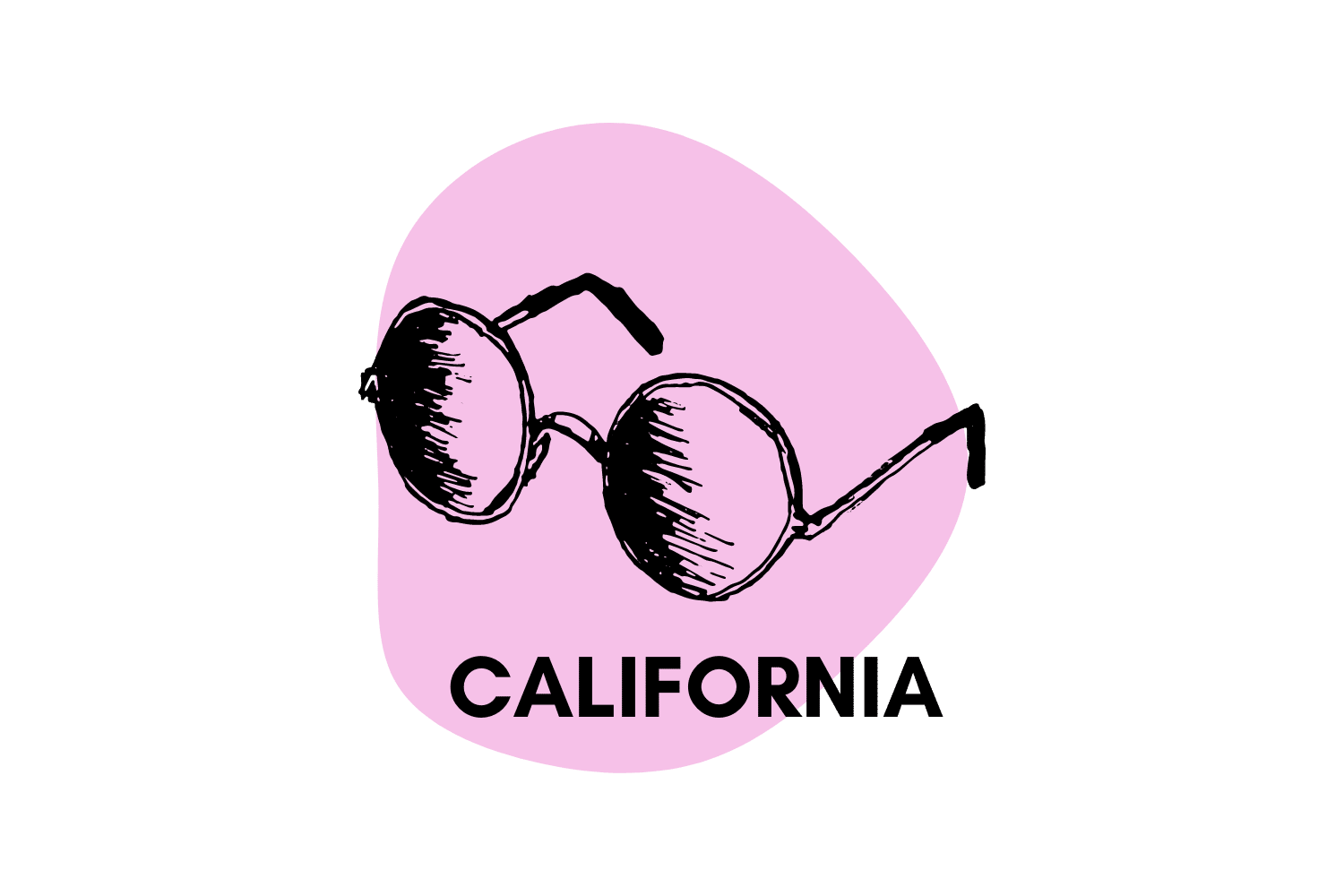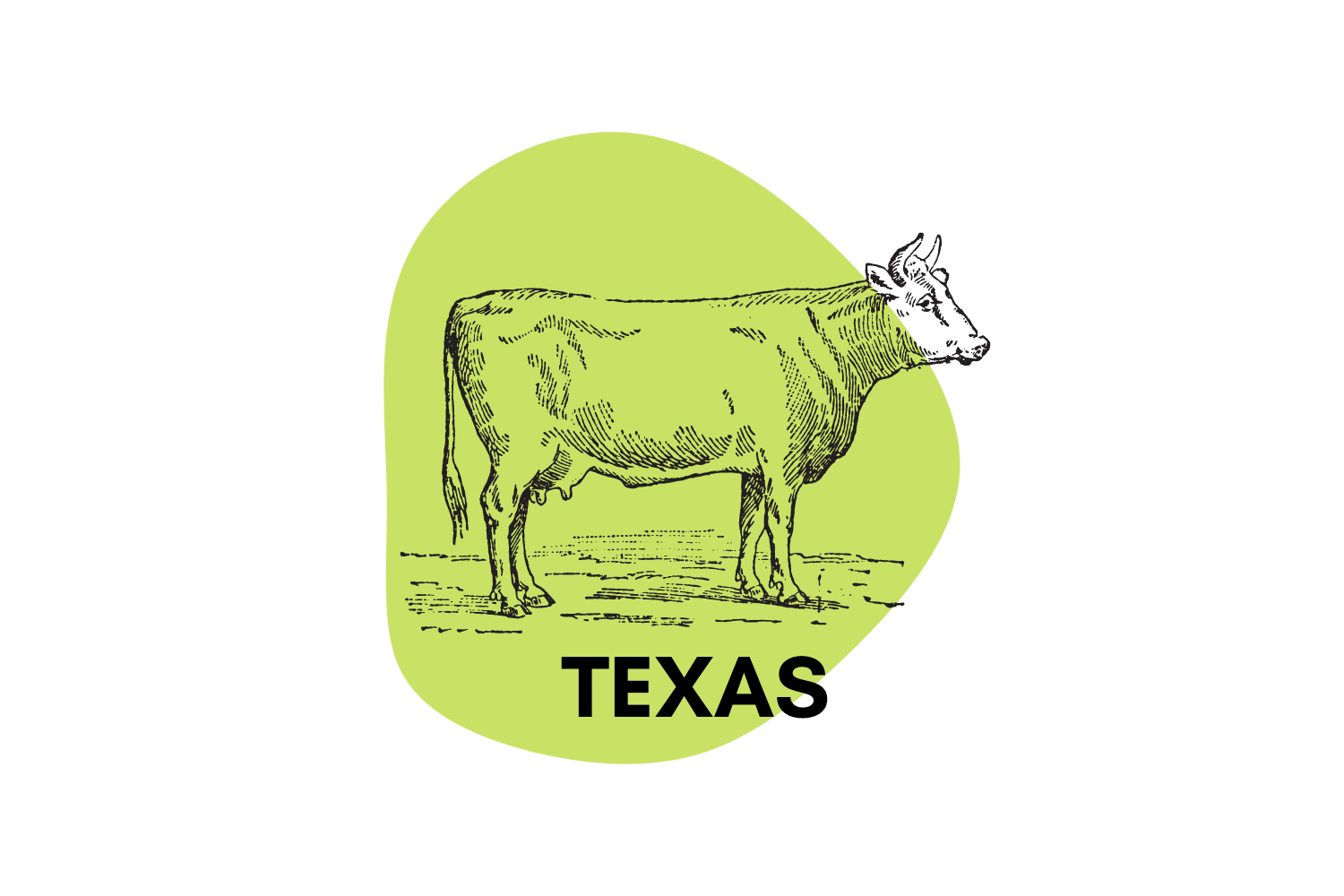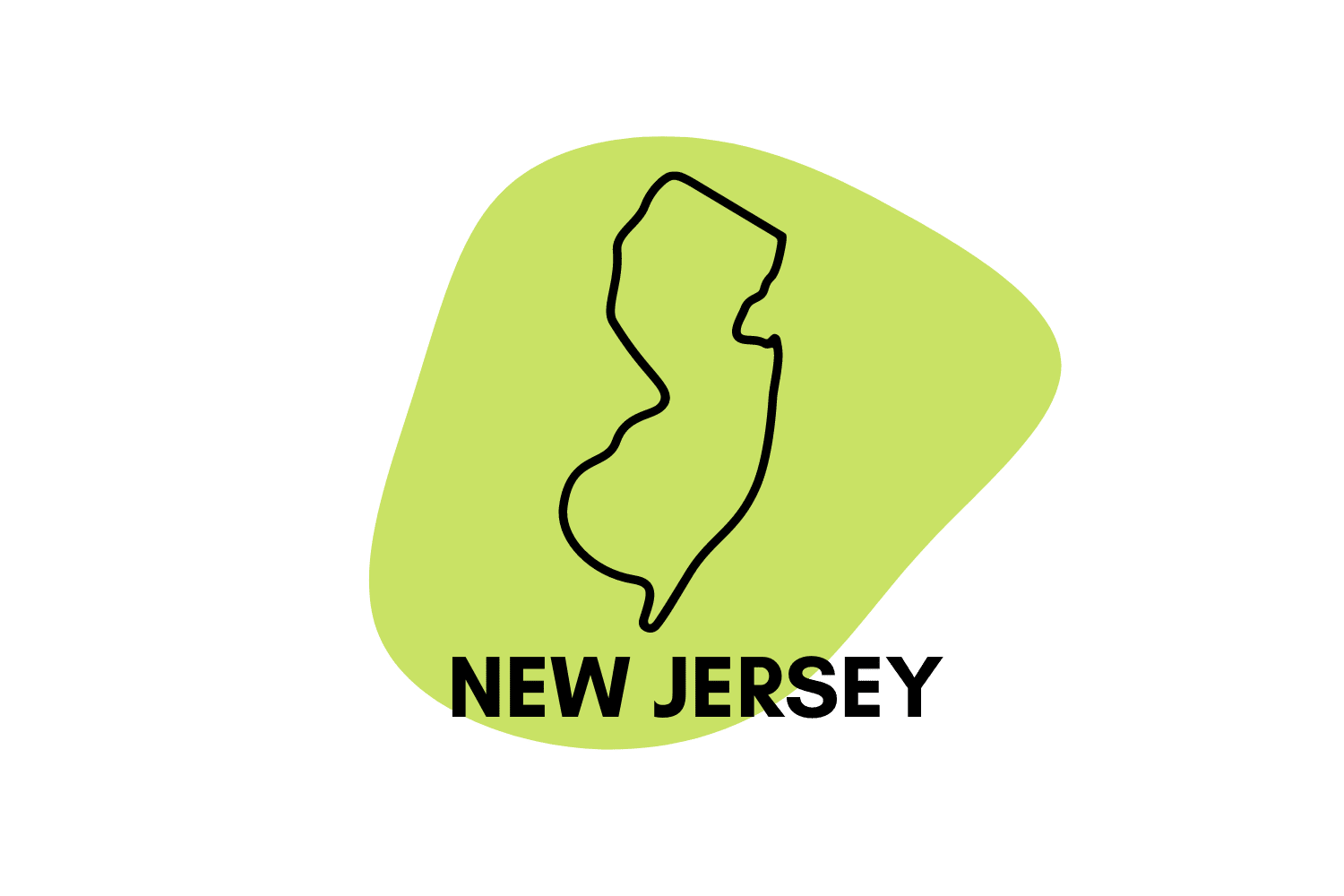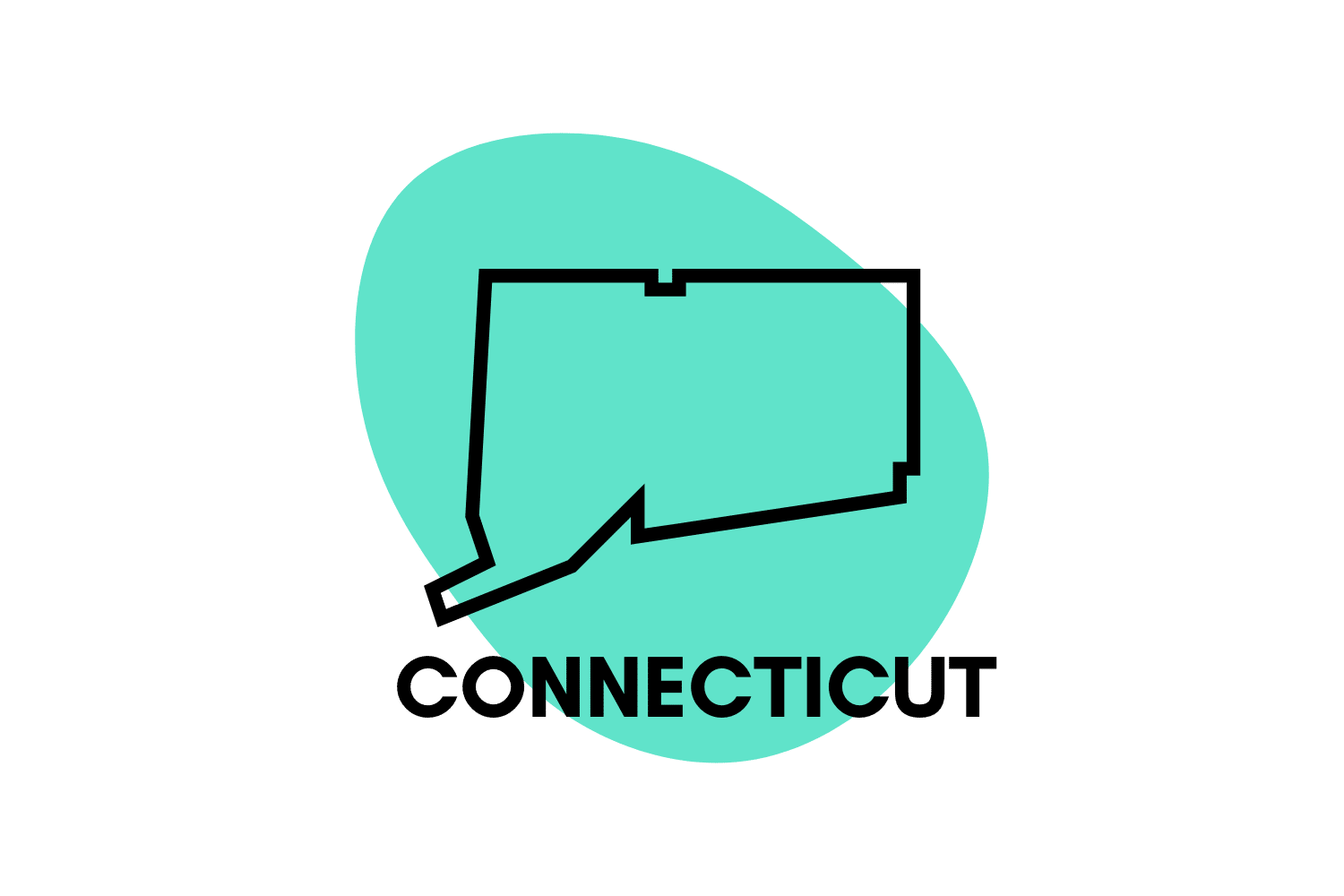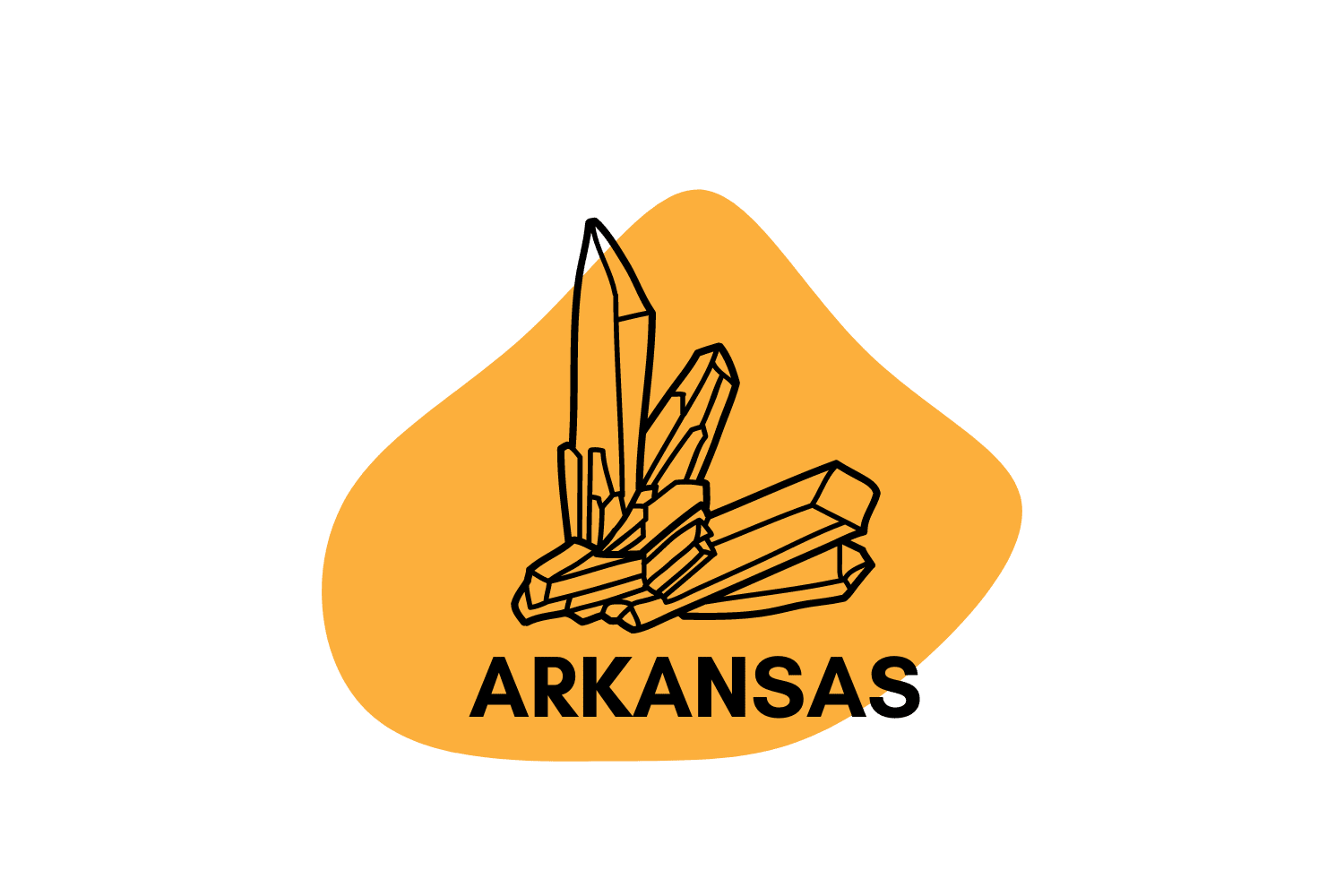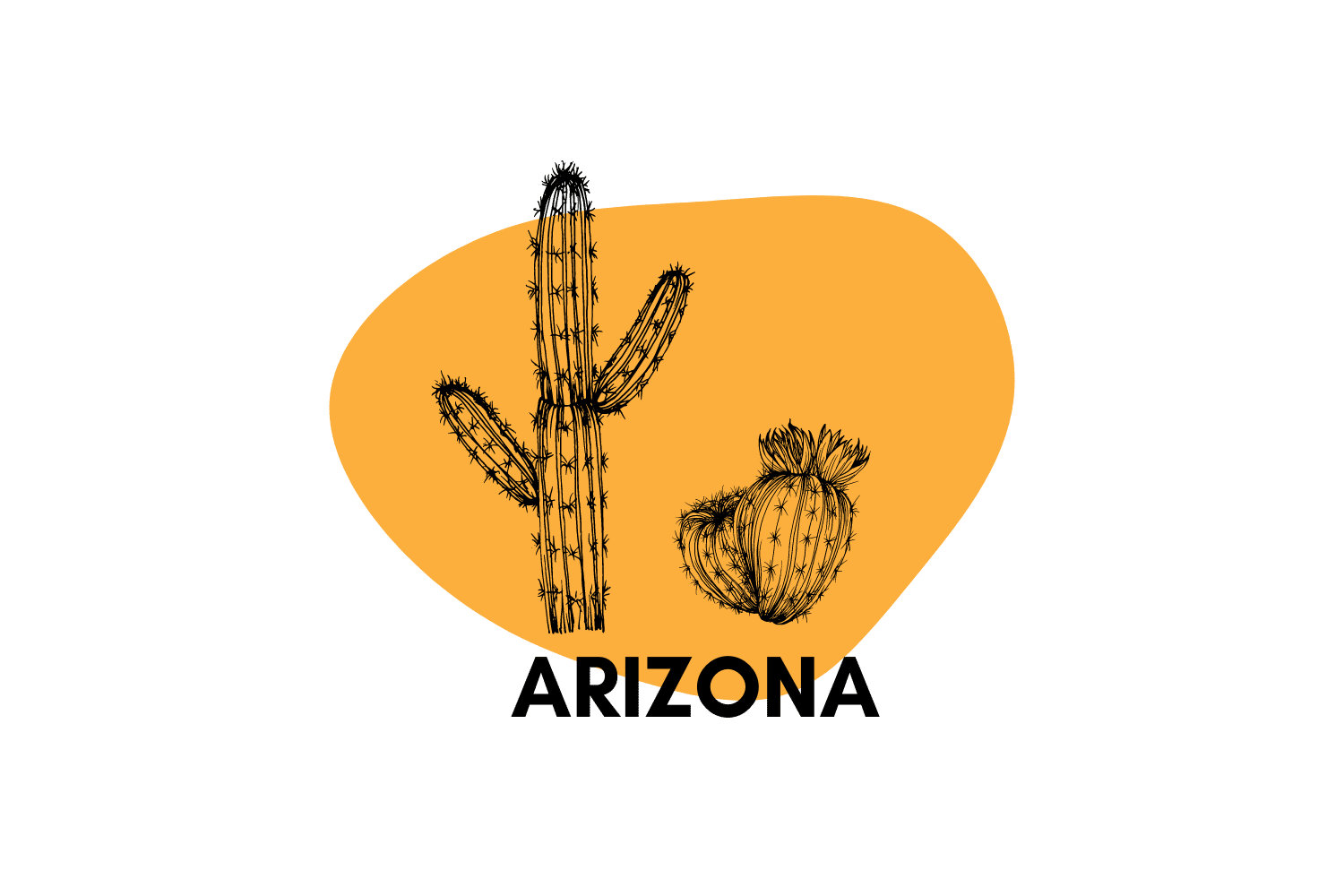San Francisco Passes Resolution to Support Full Decriminalization of Psychedelics (2023)
On September 6, 2022, the San Francisco Board of Supervisors passed a resolution to support decriminalizing ‘shrooms and all other entheogenic plants and fungi 🍄.
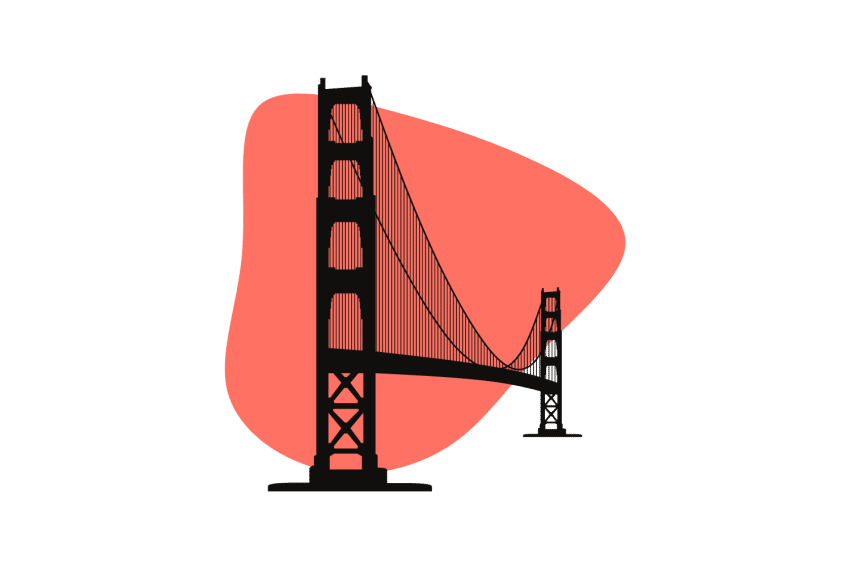
On August 29, 1966, the Fab Four played together for the last time at a concert in Candlestick Park in San Francisco. There were probably a lot of magic mushrooms being passed around among the 25,000 “hippies” in attendance. The possession and use of these mushrooms may have resulted in legal consequences for some of the concertgoers.
That would not be the case today. On September 6, 2022, the San Francisco Board of Supervisors unanimously passed a resolution to support the decriminalization of magic mushrooms and all other entheogenic plants and fungi.
San Francisco is the fourth California city to enact legislation aimed at decriminalizing psychedelics, following Arcata, Santa Cruz, and Oakland.
Below, we’ll explain just what a “resolution to support” decriminalization is and examine the particulars of the resolution. We’ll also share some information on the psychological and medical benefits of some of the entheogenic plants included in it and provide some tips on growing magic mushrooms at home.
Resolution to “Support” Last Step Toward Decriminalization
In many cities, the city council — or board of supervisors, etc. — cannot make laws. Any resolutions that they pass to decriminalize entheogenic plants must be approved and signed by the mayor before it becomes law.
Until the resolution is made into law, the police and prosecutors are not bound by its precepts. They are but suggestions in support of making possessing and using entheogenic plants the city’s lowest law enforcement priority.
However, although the San Francisco resolution to support decriminalization is not legally binding, it does carry some weight. Approval of a resolution by the Board of Supervisors usually means that codification is imminent, and until then, the resolution is treated as law.
What’s In The Resolution
Supervisors Dean Preston (D) and Hillary Ronen (D) sponsored San Francisco’s Resolution Supporting Entheogenic Plant Practices. “San Francisco joins a growing list of cities and countries that are taking a fresh look at these plant-based medicines, following science and data, and destigmatizing their use and cultivation. Today’s unanimous vote is an exciting step forward,” Preston said.
The resolution urges the city of San Francisco to:
- Make the investigation and arrest of adults for planting, cultivating, purchasing, transporting, distributing, engaging in practices with, and possessing any entheogenic plants or plant compounds on the Federal Schedule 1 Controlled Substance list among the lowest law enforcement priority for the city.
- Not use any city resources for any investigation, detention, arrest, or prosecution arising out of alleged violations of state and federal law regarding the use of Entheogenic Plants.
- Instruct the city’s state and federal lobbyists to work in support of decriminalizing all entheogenic plants and plant-based compounds that are listed on the Federal Schedule I Controlled Substances list.
- Work with state and federal officials to support decriminalizing all entheogenic plants and compounds listed on the Federal Schedule I Controlled Substances list.
Entheogenic Plants Covered by the Resolution
The resolution defines entheogenic plants as the “full spectrum of plants, fungi, and natural materials that can inspire personal and spiritual well-being.” Studies have shown that entheogenic plants are beneficial in treating various medical conditions, including cocaine/opioid addiction, chronic pain, and PTSD.
Studies have also shown that entheogenic plants can effectively treat chronic depression, severe anxiety, grief, and more. In addition to the medical benefits, the resolution also cites the “sacred use of psychedelics by healers, mentors, religious and spiritual leaders, and other professionals around the world.”
Entheogenic plants covered in the resolution include:
Magic Mushrooms
Magic mushrooms are perhaps the best-known and most readily available of entheogenic plants and fungi. The “magic” in the mushrooms is psilocybin, a naturally-occurring psychoactive compound that produces a high much like LSD (lysergic acid diethylamide) but considerably less intense.
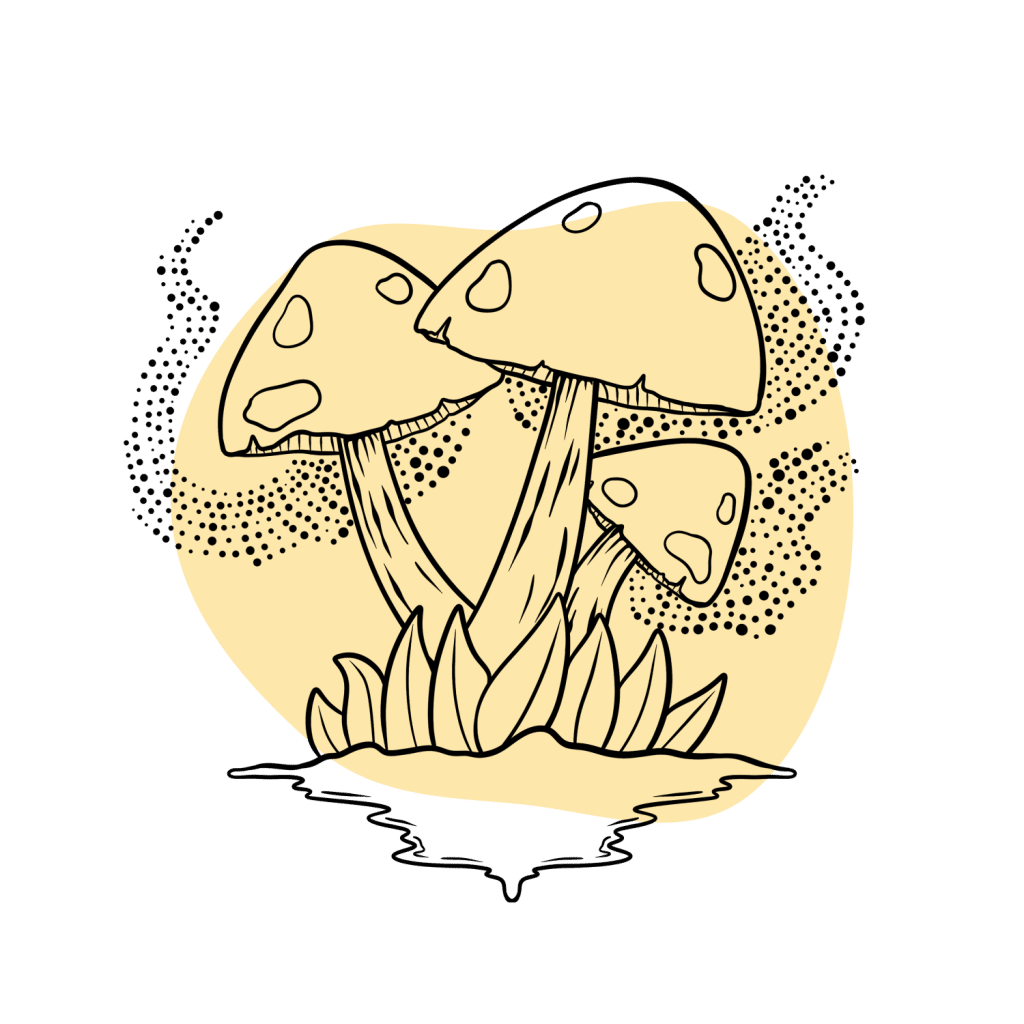
Clinical studies have shown psilocybin to be potentially effective in treating some significant medical conditions. According to the Johns Hopkins Center for Psychedelic and Consciousness Research, the facility’s psilocybin research has demonstrated therapeutic effects in people who suffer from cocaine, opioid, and alcohol addiction.
Studies have also shown psilocybin to be useful in the treatment of:
- Attention Deficit Hyperactivity Disorder (ADHD)
- Chronic pain
- Cluster Headaches
- Depression
- Existential Anxiety
- Obsessive/Compulsive Disorder
- Post Traumatic Stress Disorder (PTSD)
Due to its potential for the treatment of major depressive disorder (MDD), the U.S. Food and Drug Administration (FDA) has granted psilocybin “breakthrough therapy status.” Breakthrough therapy status is “a level of legalization that allows researchers to expedite the development of a drug after preliminary evidence shows the drug may demonstrate substantial improvement over available therapy.”
Iboga (Ibogaine)
The iboga shrub, which grows primarily in central west Africa, contains the psychoactive compound ibogaine. Ibogaine has proven to be an effective treatment for opioid addiction. Studies show that it may also ease cravings, reduce withdrawal symptoms, and lower the risk of relapse.
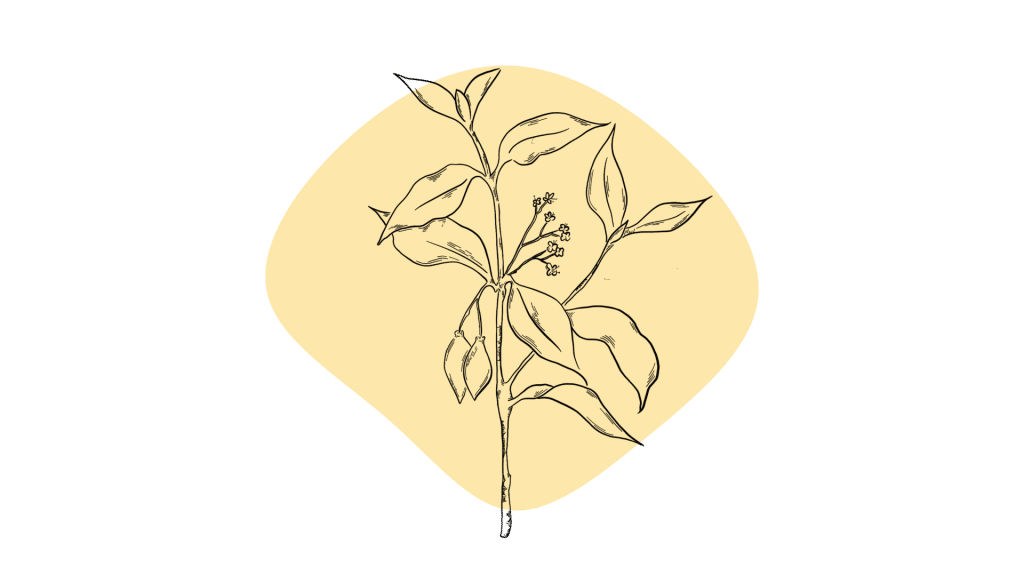
Ibogaine has also been effective in treating:
- Depression
- Eating disorders
- Fevers
- Migraine headaches
- Neurological disorders
- Low libido
The Pygmy tribes of Central Africa first used ibogaine for spiritual and supernatural purposes. In 1962 Howard Lotsof, an American scientific researcher, was the first to develop it as a treatment for drug addictions.
Ayahuasca
Ayahuasca is made by boiling the Banisteriopsis caapi vine with the leaves of the Psychotria viridis shrub. However, it can be made with any plant with an MAOI inhibitor combined with a plant containing DMT (dimethyltryptamine).
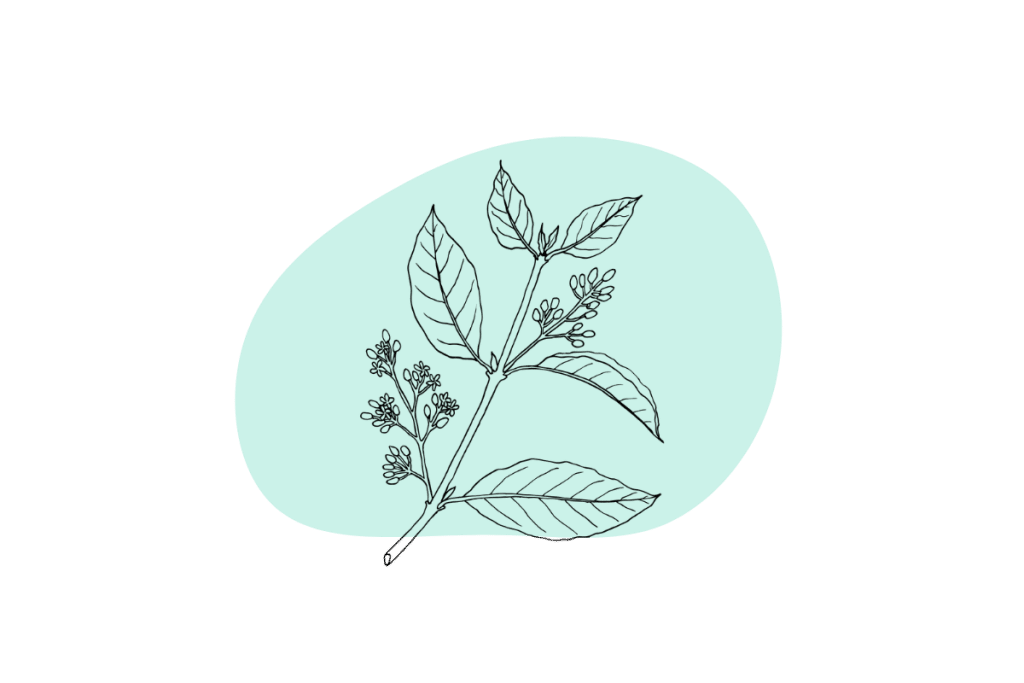
Studies show that ayahuasca may protect brain cells and stimulate neural cell growth. Research also indicates that it can enhance moods and increase awareness.
Ayahuasca has also shown promise for treating:
- Cocaine/opioid addiction
- Alcoholism
- Treatment-resistant depression
- PTSD
The National Institutes of Health (NIH) reports that data from studies highlight the therapeutic potential of ayahuasca in treating mental health disorders.
It’s important to note that synthetic DMT, including both N,N,DMT and 5-MeO-DMT are not considered decriminalized under the new provisions.
Related: All About DMT (Dimethyltryptamine)
Cacti Containing Mescaline (Peyote & San Pedro)
Mescaline, a naturally-occurring psychoactive compound, is found in cacti native to the southwest United States, Mexico, and South America. These cacti include the Peyote, San Pedro, and the Peruvian Torch cactus. The Peyote cacti have the highest concentration of mescaline.
Mescaline is on the federal Schedule I Controlled Substances list, but the federal government has granted the Native American Church permission to use it in its religious services. The San Francisco resolution supports its use by the general public.
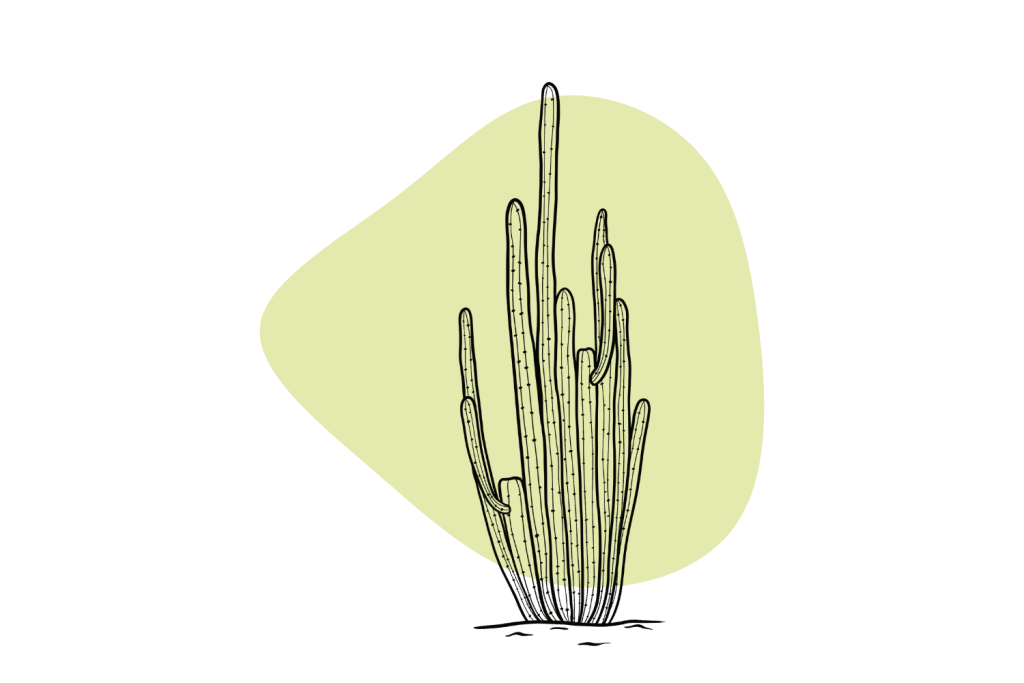
Studies of the medical benefits of mescaline have been limited by its Schedule I status. However, researchers found that participants in mescaline studies tended to experience more “mystical-type phenomena, greater psychological insight, and more ego dissolution” while under the influence of mescaline.
A Voice of Caution
Although the resolution passed unanimously, there were some naysayers. One particularly vocal opponent, former Bay Area police officer — and current drug abuse victim advocate — Michael Ruiz, called the resolution “extremely dangerous.”
“There may be benefits to using these drugs, but right now it’s still the wild west on regulating them and finding the exact boundaries for safety. We need that first before we even think about legalizing or decriminalizing on even a small scale,” he said.
Decriminalization vs. Legalization
It is essential to differentiate between decriminalization and legalization. There is a significant difference. A resolution to support decriminalization does not decriminalize, and a resolution to decriminalize does not legalize.
Decriminalizing entheogenic plants is to make the enforcement of all laws restricting their use and possession the lowest law enforcement priority for police. Decriminalization also restricts the use of any city funds for the prosecution of cases related to the plants.
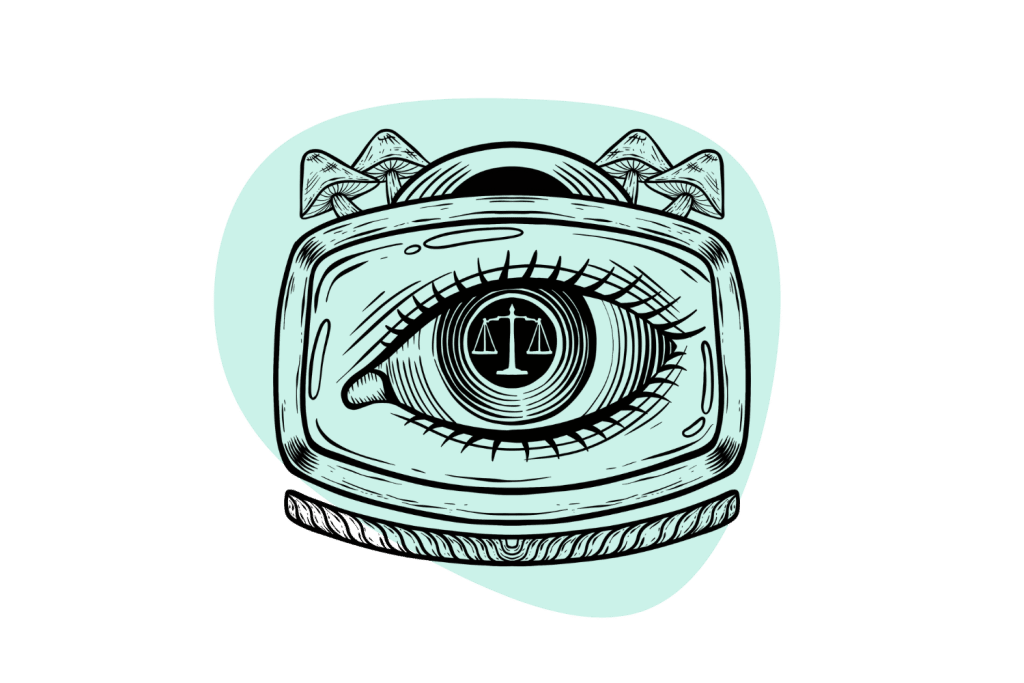
The decriminalized entheogenic plants are on the federal Schedule I Controlled Substances list, which means they are still illegal, but laws prohibiting their possession and use are not enforced.
Legalizing entheogenic plants and fungi would be to remove all criminal penalties associated with their possession and use. So far, this has only happened with magic mushrooms in Oregon. In November 2020, the state passed a measure that will allow the regulated use of psychedelic mushrooms in a therapeutic setting beginning January 2023.
Can I Buy Magic Mushrooms In San Francisco?
Not only can you not buy magic mushrooms in San Francisco, but California is one of only three states (Georgia and Idaho are the other two) where you can’t even buy magic mushroom spores. However, if you can get your hands on some spores, the San Francisco resolution gives you the green light to grow your magic mushrooms (for personal use or gifting only).
Related: Where Are Magic Mushrooms Legal?
Growing Your Own Magic Mushrooms
Getting your hands on the spores will be the most challenging part of the operation, but once you do, growing magic mushrooms at home is relatively easy. There are two ways to do it: use a mushroom grow kit or grow them from scratch.
Mushroom Grow Kits
Mushroom grow kits are the easiest way to grow your magic mushrooms at home. The kits are completely self-contained and come with detailed instructions. All you need is the spores.
The basic kits start at about $50 but can cost several hundred dollars, depending on the amount of “bells and whistles” you want. The basic kit will be sufficient for most operations.
With a mushroom grow kit, it takes about 4–6 weeks from cultivation to harvest — depending on the species of mushroom you decide to grow. Some kits can produce up to four crops of mushrooms, but the average is two.
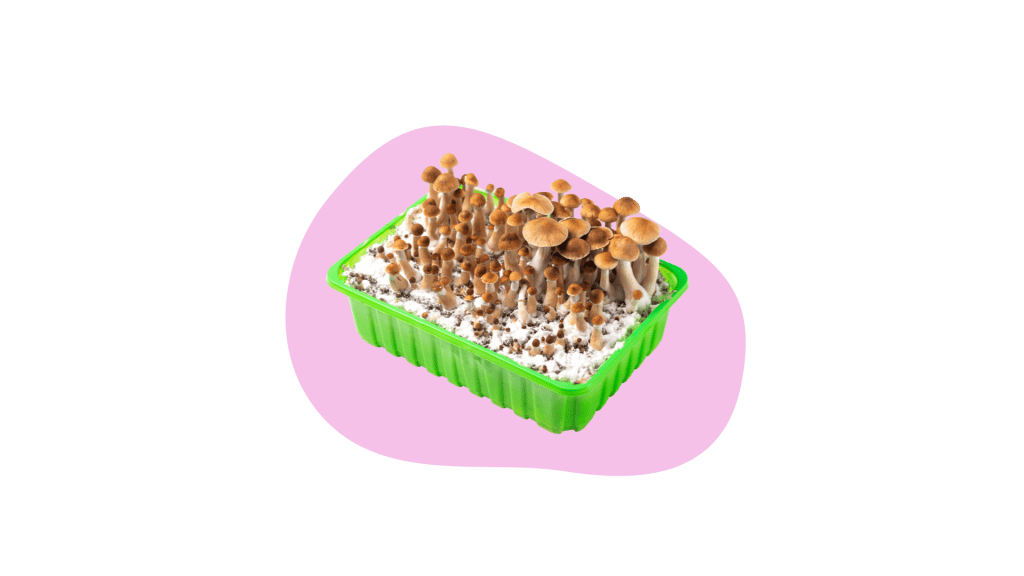
Advantages of using a mushroom grow kit:
- Low maintenance — Just add the spores, place the kit in a well-lit area away from direct sunlight, water it lightly one or two times a day, and be patient.
- Cost-effective — An “average” dose of magic mushrooms is around two and a half to three grams. This can cost between $20-$40. A magic mushroom spore syringe or print will produce 50 grams or more of magic mushrooms.
- Safe — Unless you are an experienced “mushroom hunter,” picking mushrooms in the wild can seriously jeopardize your health. Many mushrooms are growing in the wild that will kill you. Growing magic mushrooms at home will assure you a safe crop.
A poor-quality mushroom grow kit can contain molds and fungi that will destroy or contaminate the mushrooms. Make sure you purchase your kit from a reputable vendor. This will greatly reduce the possibility of contamination.
Growing Magic Mushrooms From Scratch
Growing magic mushrooms from scratch is much more time-consuming than using a mushroom grow kit. But that extra time will result in a greater yield and better long-term cost efficiency. It’s also the best way to secure a steady supply of magic mushrooms to share with friends and family.
Most of the equipment you need to grow magic mushrooms from scratch is conventional household items: a bucket, a thermometer, a water spray bottle, a pressure cooker, etc. However, you will still have around $200 in out-of-pocket expenses.
The process of growing magic mushrooms at home from scratch is easy, but it is not simple. To guarantee a productive experience, ensure your directions come from a reputable source and follow them carefully.
How To Get Magic Mushroom Spores
The most difficult step of growing magic mushrooms at home in San Francisco will be obtaining psilocybin spores. Since the spores are illegal in California, you probably won’t be able to get a vendor to ship them to you. Should you find someone to ship them to you, you could be held criminally liable for the purchase.
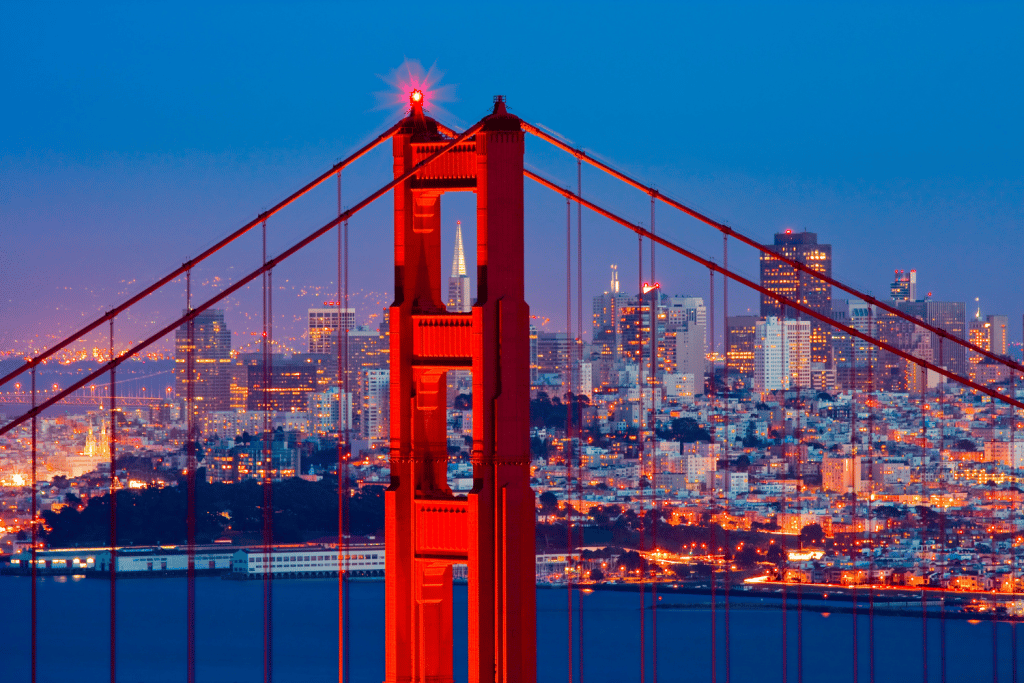
You can always go somewhere where you can purchase them legally and bring them back, but an even better way to obtain magic mushroom spores is to join a local spore trading ring. There are many of these groups in California, and you can go on websites like /r/sporetrading/ and access groups that may have members in the San Francisco area.
Statewide Decriminalization the Ultimate Goal
In its resolution to support the decriminalization of entheogenic plants, the San Francisco Board of Supervisors urged state and federal officials to “work in collaboration to support the decriminalization of all entheogenic plants and plant-based compounds that are listed on the Federal Controlled Substances Schedule I list.”
A bill introduced by State Senator Scott Wiener (D-San Francisco) went a step further. Wiener’s bill — which inspired the San Francisco legislation — sought to legalize seven psychedelic compounds: psilocybin, psilocin, MDMA, mescaline, DMT, ibogaine, and LSD.
The bill passed in the Assembly Appropriations Committee, which decides whether legislation with a fiscal cost to the state will advance to the full Assembly, but it had been amended to simply direct state officials to conduct a study of potential future psychedelics policy reforms.
Wiener said he is “extremely disappointed” by this result. According to his spokesperson, he will pull the amended bill and reintroduce it in its original form at the next legislative session. “Psychedelic drugs, which are not addictive, have incredible promise when it comes to mental health and addiction treatment. We are not giving up,” he said.

